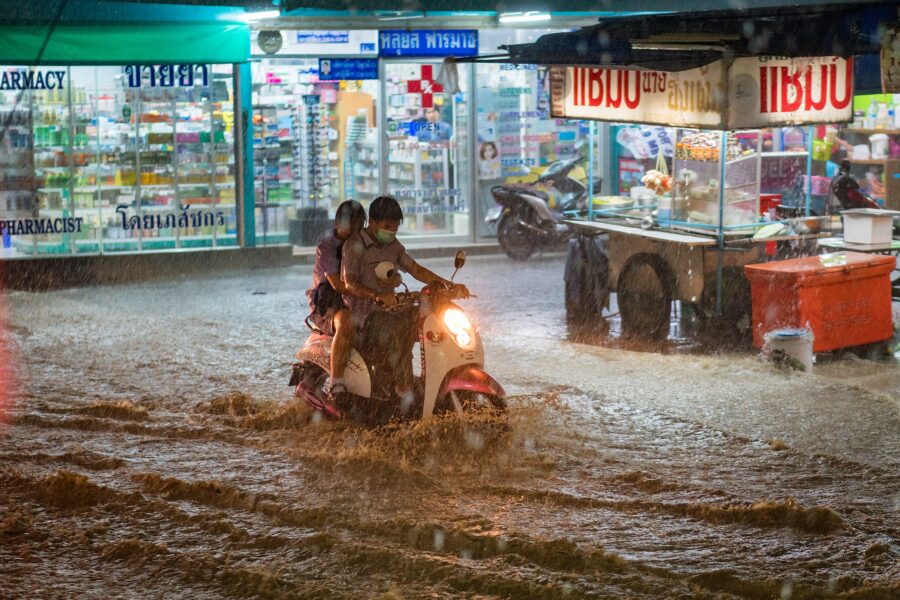Experts Think Global Warming Could Cause Rivers In The Sky
Rivers in the sky? It's happening.

Scientists are calling out an urgent need to be able to track a weather phenomenon known as atmospheric rivers that are causing immense safety concerns in East Asia as a result of global warming. The weather phenomenon is relatively new and has only shown up on human beings’ radar in the last decade or so. The strange occurrence is having a visible on some parts of the world thanks to global warming and now it’s finally being looked into. According to the National Oceanic and Atmospheric Administration, atmospheric rivers are long, narrow regions in Earth’s atmosphere that are made up of mostly water vapor.
These rivers of water in the sky flow through large weather events carrying with them an average flow of water that’s roughly comparable to what’s at the mouth of the Mississippi River. When they make landfall, this water vapor turns into heavy rain or snow that can be welcome in some instances, but cause devastating floods on areas that may not be prepared for them in other instances.
After observing these kinds of devastating effects in East Asia over the last decade, researchers have published a paper trying to demonstrate the importance of tracking these kinds of atmospheric rivers. If global warming is going to be here to stay, these researchers believe that it’s imperative that people can at least track when these rivers in the sky are going to dump inordinate amounts of water or snow on them.

ScienceAlert notes that the data for the latest study looked at meteorological data collected from 1951 until 2010 and made a model that can simulate what to expect going as far as the year 2090. By adding in data from what’s already been observed of global warming in just the last decade, they’ve determined that these atmospheric rivers increase in intensity and frequency as temperatures rise.
Unfortunately, while scientists can observe that something is happening, understanding why and what causes it are different things. As a result, it’s hard to take this data and apply it to other parts of the world. Colder climates with higher elevations could be better, or they could be much worse. While that may sound comforting in its way, it shouldn’t. Some parts of the world can benefit from sudden, immense rainfall. However, global warming has made it so that many other parts of the world could be impacted to a lethal degree by the flooding these rivers in the sky can cause.
Fortunately, there are other studies that are seeking out how best to track these atmospheric rivers and where the top priorities to stop global warming on Earth may be. However, it’s far from an exact science at this point. Unfortunately, any uncertainty in cases like this could mean the difference between life or death. So, as scientists struggle to catch up to this new weather phenomenon, climate change is already bringing new challenges and new storms that can negatively impact inhabited parts of the globe when they make landfall, making the timeline for action significantly shorter.












